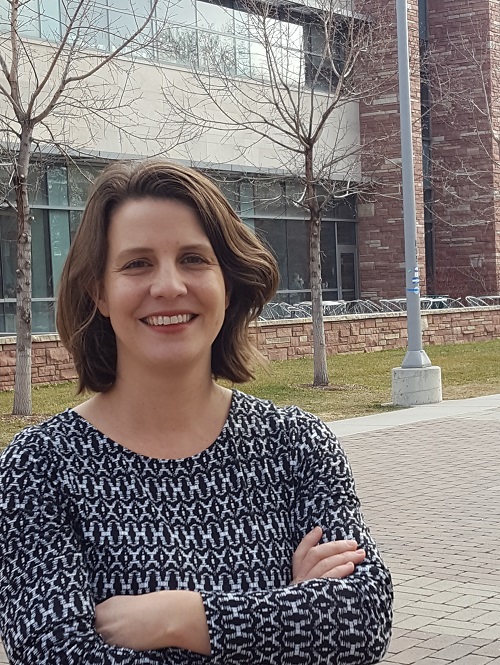The neighborhood approach: Connecting perceived safety, physical activity
by CSU MarComm Staff | February 13, 2017 10:24 AM
Story by April Espinoza
Many of us go about our busy days surviving on caffeine while we juggle school, work, family and other obligations. To stay healthy, we might try to fit in a yoga class or a quick jog.
That is, if we are lucky enough to live in safe neighborhoods that support physical activity. Would you take a brisk run in your local park if you thought it could be dangerous? Would close ties with your neighbors make you feel safe?
 [1]School of Social Work Assistant Professor Paula Yuma recently published a study[2] in the journal Health Education and Behavior that examines how social cohesion — the degree of trust and connection among neighbors — changes the effects of socioeconomic status, perceptions of neighborhood safety and access to parks on mothers’ engagement in physical activity.
[1]School of Social Work Assistant Professor Paula Yuma recently published a study[2] in the journal Health Education and Behavior that examines how social cohesion — the degree of trust and connection among neighbors — changes the effects of socioeconomic status, perceptions of neighborhood safety and access to parks on mothers’ engagement in physical activity.
In collaboration with Catherine Cubbin and Kirk von Sternberg of the University of Texas at Austin, Yuma analyzed data from the Geographic Research on Wellbeing Study. That survey included 2,750 mothers from California with children between the ages of 4 and 10 years old.
The findings
Yuma found a strong sense of community connection led to higher levels of mothers’ physical activity, even in neighborhoods the mothers believed were unsafe.
“It seems that community connectedness can dampen the way fear of crime normally hinders women’s ability to exercise,” Yuma said.
She believes interventions that target neighborhoods can ultimately improve general well-being.
“One of the things that’s exciting is that the sense of neighborhood connectedness — social cohesion — also has positive influence on other health outcomes and overall quality of life,” said Yuma, who is a member of the Colorado School of Public Health.
According to the U.S. Department of Health and Human Services, the majority of adults and approximately half of children in the United States do not achieve the minimum recommendations of physical activity, resulting in high rates of obesity and more than $14 billion in annual health-care expenditures.
Yuma hopes the fields of public health and social work will further explore neighborhood-level predictors of health, such as access to health care, social cohesion, the built environment and socioeconomic status.
“This is about an ecological approach to health with multiple levels of influence,” she said.
You can read Yuma’s publication here[3].
The School of Social Work[4] is part of Colorado State University’s College of Health and Human Sciences.
- [Image]: http://source.colostate.edu/wp-content/uploads/2017/02/dryuma-lg.jpg
- study: http://journals.sagepub.com/doi/full/10.1177/1090198116687537
- here: http://journals.sagepub.com/doi/full/10.1177/1090198116687537
- School of Social Work: http://www.ssw.chhs.colostate.edu/
Source URL: https://source.colostate.edu/the-neighborhood-approach/
Copyright ©2024 SOURCE unless otherwise noted.